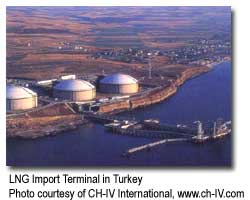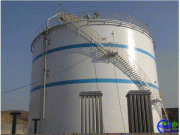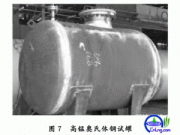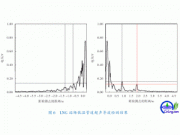免职声明:本网站为公益性网站,部分信息来自网络,如果涉及贵网站的知识产权,请及时反馈,我们承诺第一时间删除!
This website is a public welfare website, part of the information from the Internet, if it involves the intellectual property rights of your website, please timely feedback, we promise to delete the first time.
电话Tel: 19550540085: QQ号: 929496072 or 邮箱Email: Lng@vip.qq.com
摘要: Note to readers: The information below uses formal western and eastern names of each country, when possible, in order to assist our readers around the world. For example, the United Arab Emirates is also known as Al Imarat al-Arabiyah al-Muttahi..

Note to readers: The information below uses formal western and eastern names of each country, when possible, in order to assist our readers around the world. For example, the United Arab Emirates is also known as Al Imarat al-Arabiyah al-Muttahidah. Formal country names typically convey the political structure of each nation, and the political level (federal, state or provincial) decisions pertaining to implementing or managing energy infrastructure are occurring. Natural gas, in the form of liquefied natural gas or LNG, has the potential to be exported from countries with large, proven natural gas reserves and relatively high reserves-to-production ratios. Some countries meeting this criterion include the Republic of Peru, Republic of Venezuela, Azerbaijan Republic, Republic of Kazakhstan, Islamic Republic of Iran, Republic of Iraq, State of Kuwait, State of Qatar, United Arab Emirates (also known as Al Imarat al-Arabiyah al-Muttahidah), Republic of Yemen, Federal Republic of Nigeria, and Independent State of Papua New Guinea. However, not all of these countries are exporters of natural gas as LNG due to domestic need, inaccessibility to international natural gas trade and infrastructure, geopolitics, and lack of capital or technological investment. As largely populated countries such as the People's Republic of China and the Republic of India enter the international LNG market, the need to overcome these particular barriers, in addition to further exploration and discovery of accessible, proven natural gas reserves, is evident. As traditional, economically viable oil and gas fields deplete, exploration and discovery have reached out to the furthest ends of the earth. The Arctic Ocean, long regarded as international territory, has experienced a recent rush for claims by not only Russia, but Denmark (via territory Greenland), Norway, the United States and Canada. In addition to oil and natural gas, the Arctic holds valuable mineral deposits, and non-mineral resources, such as fish and trade routes through the North East and West Passages. The Antarctic landmass, traditionally used for research, has also seen a recent surge of land and maritime claims, most recently by the United Kingdom. Argentina, Australia, Chile, France, New Zealand, Norway, and the United Kingdom all claim portions of the great landmass, although the United States does not recognize any of these claims. Along with Russia, the United States has reserved the right to make claims in the future on the southern most continent. Ongoing territorial disputes over hydrocarbon rich land and maritime regions have occurred in several areas of the world, including:
Maps of LNG Facilities Worldwide
What Countries Export LNG? What Countries Import LNG? Worldwide, there are 26 existing export, or liquefaction, marine terminals, located on or off shore, in 15 countries. In contrast, there are 60 existing import, or regasification, marine terminals, on or off shore, spread across 18 different countries. In addition to these existing terminals, there are approximately 73 liquefaction marine terminal projects and approximately 182 regasification terminal projects that have been either proposed or are under construction all around the world. It is not expected that all of the proposed terminals will be constructed. Countries that Export LNG Algeria, Republic of (1971) Countries that Import LNG Belgium, Kingdom of (1987) |

















